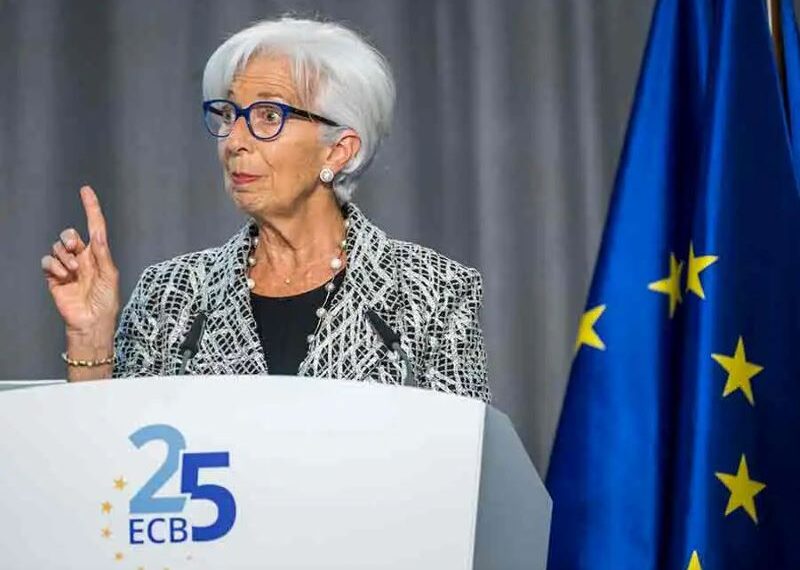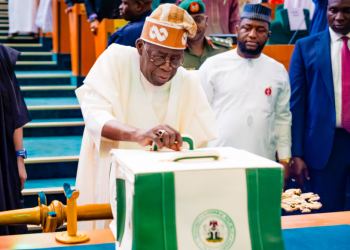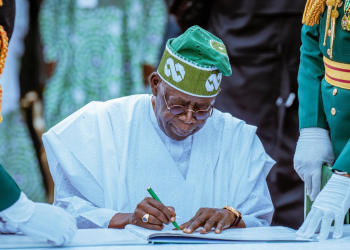The European Central Bank has cut interest rates by a quarter percentage point to 3.5% in response to falling Eurozone inflation and signs that the bloc’s economy risks grinding to a halt.
Thursday’s decision to lower the ECB’s benchmark deposit rate for the second time this year comes as the US Federal Reserve is expected to start cutting borrowing costs next week.
Major Central Banks have begun lowering rates in response to indications that the biggest rise in inflation for a generation has faded.
However, some analysts think the ECB is likely to cut rates again at both its remaining meetings this year.
Eurozone inflation slowed in August to a three-year low of 2.2%, down from 2.6%in July. Falling industrial output in Germany and Italy has also raised concerns that the Eurozone economy is slowing after a brief period of growth earlier this year.
Some ECB policymakers are reluctant to cut rates too quickly, with rapid wage growth threatening to keep inflation above the central bank’s 2% target.
Meanwhile, pay rises are slowing. The ECB’s estimate of negotiated wage growth in the Eurozone fell from an annual rise of 4.7% in the first quarter to 3.6% in the second quarter.
The euro held steady at $1.101 after the decision, while interest-rate sensitive two-year German Bund yields, a benchmark for Eurozone borrowing costs, also stayed at 2.18%, up 0.05 percentage points on the day.
At her post-decision news conference, bank President Christine Lagarde said recent data had confirmed “our confidence that we are heading towards our target in a timely manner.” Asked about the next meeting on Oct. 17, she said, “I’m not giving you any commitment of any kind as far as that date is concerned.”
But she steered clear of any guidance on further cuts. She said the bank would make rate decisions on a meeting by meeting basis depending on incoming information about the economy and was “not pre-committing to a particular rate path.”
Policy makers must keep an eye on simmering inflation among services companies and rising wages as workers push to make up for purchasing power lost to the outburst of inflation that followed the end of the pandemic.













Comments 1